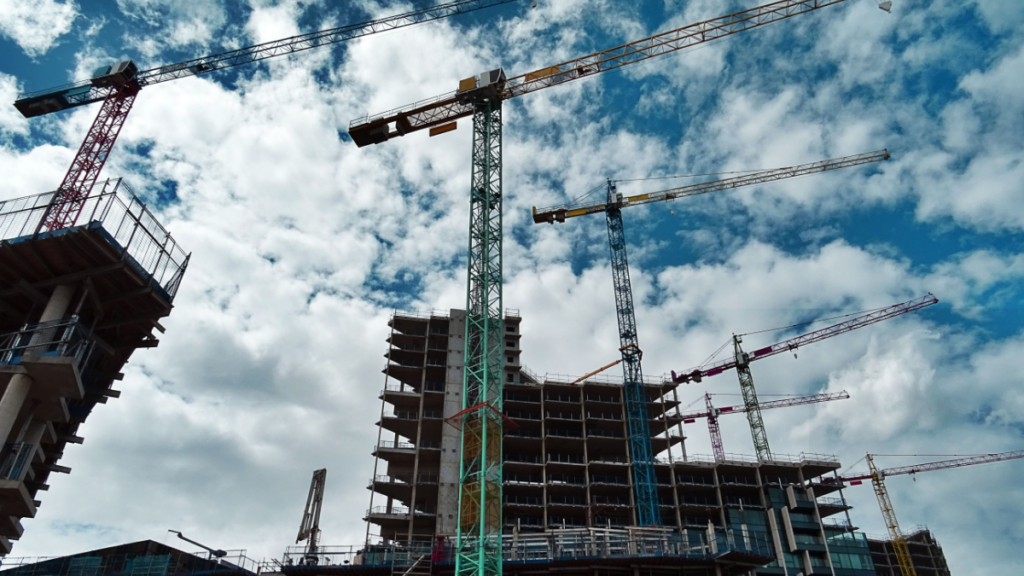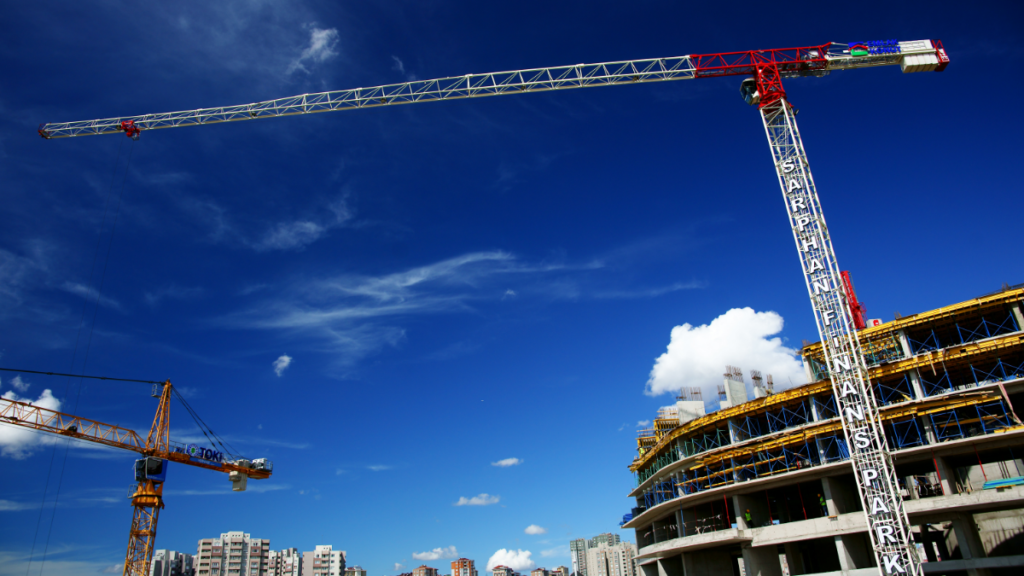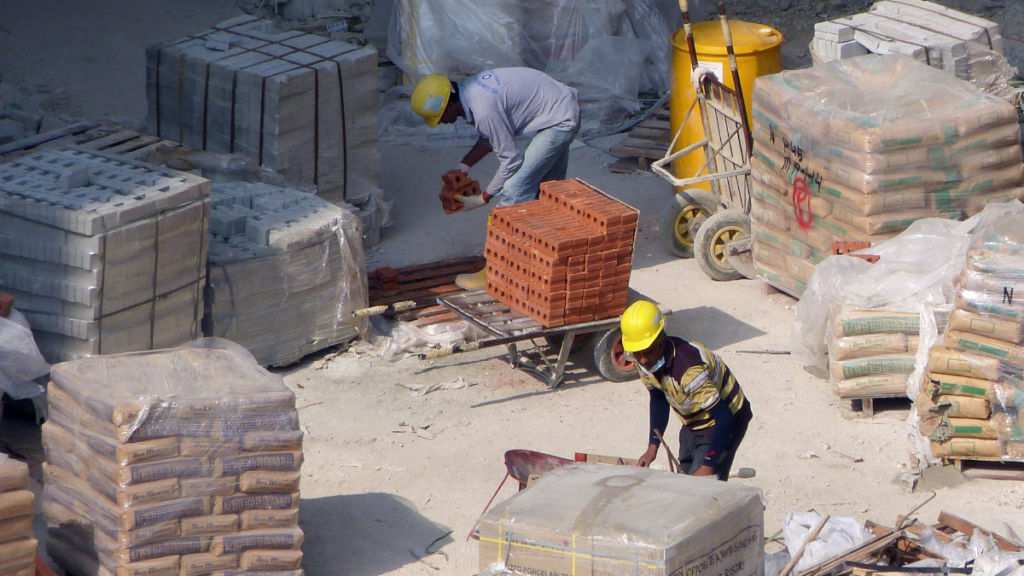Prefabricated construction, or “prefab,” is a method of construction that uses components made off-site in a factory, which are then transported put together on-site to create a structure. Prefabrication is an amazing technology that helps to reduce time and have many more benefits. Construction has always been about the speed and efficiency that can be ensured with the materials and techniques of construction.
In this blog, we will find out all the details about the same.
Let’s start from the definition.
What is prefabrication?
Prefabricated construction, or “prefab,” is a method of construction that uses components made off-site in a factory, which are then transported put together on-site to create a structure.
With different advantages to offer, there are a few different common types of prefab. You may want to consider incorporating any of these solutions, depending on your particular building project.
So, that’s the basic details. We will discuss about the benefits in next section.
Benefits of prefabrication

1. Mitigating the labour shortage:
- It is already difficult for contractors to find labour, but construction still needs to take place.
- It decreases labour productivity much more as on-site building continues piecemeal.
- Therefore, prefabrication helps businesses speed up timelines, make the most of their on-site labour, improve efficiency, and succeed in the marketplace.
- It also costs less to transport partial assemblies from a factory than to move pre-production resources to each site.
- Plus, as labour efficiency increases, personnel-related costs decline.
3. Time savings:
- Time is the essence of the rainy season, and prefabrication will help you manage tighter timelines.
4. Quality control:
- Factory tools can provide added quality assurance as opposed to repetitive construction on-site.
- In addition, consistent factory indoor environments remove much of the weather effects on manufacturing, while streamlined manufacturing and production improve job site safety on the whole.
5. Lower environmental impact:
- Accelerated offsite production of parts results in reduced emissions and work disruption.
- This preserves wetlands or protected areas nearby and minimises local flora and fauna disturbance.
- The controlled, dry environment of modular construction saves water consumption and allows scrap and other materials to be recycled.
- Plus, fossil fuel consumption plummets with less on-site traffic and streamlined transportation.
6. Better safety and security:
- By reducing a construction site’s timeframe, you simultaneously decrease the amount of time that the site is vulnerable to vandalism or robbery.
7. Flexibility:
- It is easy to disassemble and move modular construction to various sites.
- This greatly decreases the demand for raw materials, minimises the resources spent and overall reduces time.
- Modular construction also allows for versatility in the structure’s design, allowing for an infinite number of possibilities.
- Since prefabricated building units can be used in various spaces, their neutral aesthetics can be combined with almost any form of construction.
8. Reduced Site Disruption:
- There is much fewer truck traffic, machinery and material suppliers around the final construction site as several parts of a building are completed in the factory.
- The disturbance of conventional workplaces suffering from noise, emissions, waste and other common irritants is therefore minimal.
- This structured design approach offers a much more productive productivity environment and removes unwanted disruptions and interruption typical of construction sites.
Time to know the challenges of prefabrication.
Challenges of Prefab Construction

- The joints to be given should be well-built enough to convey all sorts of stresses, connecting the core structure and the components.
- The strength and solidity of the whole building totally depend on the strength of the joint.
- Therefore, rather than component-based analysis, it is important to have detailed studies on the whole system.
- One of the key challenges in embracing prefabrication technology in construction requiring accuracy and precision is the need for skilled labour on-site and the lack of on-site automation.
- Skill development and native automation are also mandatory for prefabricated systems to be installed.
- It is likely to get damaged during the erection or transport of heavy machinery units, so the arrangement of the units must be performed precisely and this process in a congested area becomes sloppy.
- Labour maintenance is another concern because prefabricated construction requires skilled labour as it differs from in-situ construction, which requires machine-oriented expertise both on-site and in the production process.
Now, let me show you the advantages of prefabrication
Advantages of Prefabrication
- Prefabrication technology has several advantages, such as energy efficiency revision, minimal waste and inspection, efficient construction, work speed, protection, sustainability and quality.
- As self-supporting ready-made components are used, the need for formwork, shuttering and scaffolding is substantially lowered.
- Building time is thereby decreased, resulting in lower labour costs.
- Reduced the quantity of waste materials relative to building on site.
- Reduction in construction time to allow an earlier return of the invested principal.
- Construction guarantees precise compliance with building codes and excellent quality assurance.
- Along with quality control and factory sealing, high-energy performance.
- It is possible to place prefabrication sites where skilled labour is more readily accessible and the costs of labour, electricity, materials, space and overhead are reduced.
- Prefabrication permits building throughout the year, regardless of the weather (related to excessive cold, heat, rain, snow, etc.).
- Material waste from the building is less.
- Regardless of climatic conditions.
- Security and worker comfort levels are higher in the off-site building.
Last, but not the least the disadvantages should be known.
Disadvantages

The subsequent constraints are known to have restricted design choices, decreased reselling value, high initial expenditure, non-suitability for foundation and precast unit transport.
There are even more drawbacks. They are the following:
- Leakage occurs in joints in prefabricated parts.
- For huge prefabricated parts, transportation costs can be high.
- To ensure affordability through prefabrication, increased production volume is required.
- Initial costs for construction are higher.
- The initial production of designs is time-consuming.
- Large prefabricated parts require heavy-duty cranes and measurement of precision from handling to position on site.
- Local employment can be lost, as skilled labour is needed.
- Modular building design and construction requires high levels of cooperation between project parties, particularly architects, structural engineers and manufacturers.
- These buildings usually depreciate more rapidly than standard site-built housing due to their shorter economic existence.
Hope the time you spent for the article was worth it. Let me know if you have any doubts in comments.
Happy learning!

